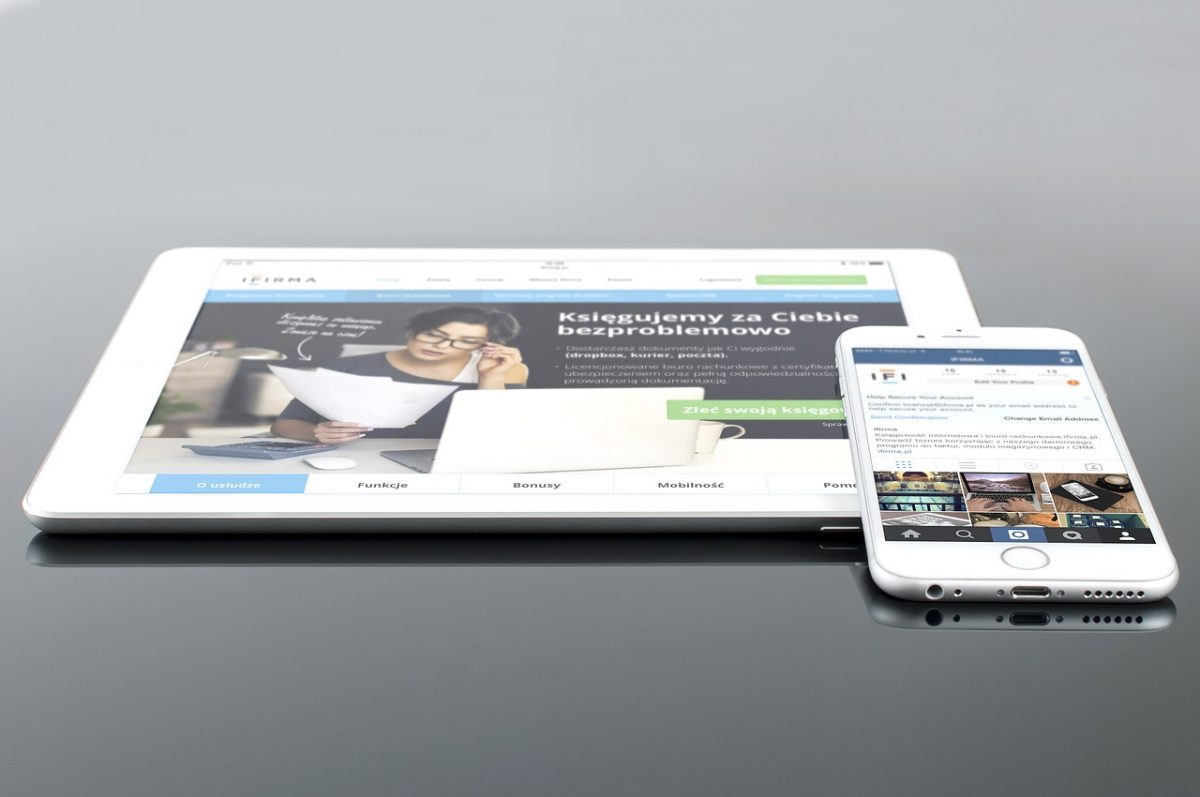7 Cyber Security Tips for 2017 by Andrew Deen. Available from <http://www.business2community.com/cybersecurity/7-cyber-security-tips-2017-01711398> []
You don’t have to look far to find examples of cyber security breaches – they happen every day, in nearly every industry and country. While many smaller breaches don’t make headlines, others affect millions and have lasting effects on businesses. On November 14th, 2016, millions of Americans were reminded that Internet privacy is fragile, when a breach was discovered on the adult websites of FriendFinder Networks LLC. The company estimates that 412 million records were compromised, making the security breach the biggest of 2016, just as the year draws to a close.
With so many records exposed, FriendFinder will have to do extensive damage control, and likely respond to lawsuits and investigation by the Federal Trade Commission, as Ashley Madison did last year during its much smaller breach. For businesses, the cost of a breach can be devastating. While it’s not always possible to prevent a breach, having proper cyber security protocols in place can help reduce the likelihood of a breach and make recovering from a security event much easier, should one occur. Here are 7 tips to help get your business’s cyber security ready for the threats of 2017.
Ensure employees know safe protocols for social networking sites
It’s easy to forget that the Internet is a public resource, and privacy is not guaranteed, even on social networking sites. If your employees use social networks on company devices (and many do), educating them on safety protocols for social networks is crucial to preserving cyber security. Here are just a few reminders to give your team:
- Always assume that everything you post is public, even if your settings are set to “friends only”. You never know who will share what you post.
- You can’t take anything back once it’s been posted. Even deleting a post won’t necessarily remove all the copies of the information available.
- Don’t post any identifiable information, like your address or daily routines. This goes for business secrets as well.
- Be considerate of the information you post about others.
- Be wary of strangers. You never know the intent of someone you meet online
Establish cyber security training for all employees
You can’t blame your employees for unsafe cyber security habits if they haven’t been taught how to protect the sensitive information your company retains. Develop protocols for protecting your business’s data so that everyone can be on the same page for cyber security. Establish cyber security training for all new and existing employees. Because knowledge can fade over time, and protocols can change, offering periodic review trainings should also be a priority.
Add encryption protocols
Encryption has been used since ancient times to code messages that could only be read by authorized parties. Today, encryption technology uses advanced algorithms to make data unreadable except by those with the correct key. Encryption is a must for businesses protecting sensitive information, such as patient records or customer credit card information.
Keep software and browsers up to date
Vulnerabilities often occur when software and browsers are not updated on a regular basis. Software manufacturers periodically release updates for their programs, which often include security updates. Cyber criminals are always changing their methods for breaching security systems, and software companies are forced to keep up with them, constantly improving on their security measures. Take advantage of these updates, and don’t leave your operating systems, browsers, and anti-virus software vulnerable.
Use multi-factor authentication technology
Passwords can be compromised, and once they are, it’s easy for criminals to gain access. Multi-factor authentication requires an extra step to log in, whether that means email authentication, or a text message sent to users’ phones. While these protocols often spark protest from employees, they are a great way to ensure an additional layer of security.
Ensure the security of Wi-Fi networks
Access to your business’s Wi-Fi network is a huge benefit to cyber criminals. Keeping your network safe requires a few extra steps than setting up a home router. Use a firewall, and hide your network name from broadcasting to help protect it. Require a strong password for Wi-Fi access.
Implement protocols from the Department of Homeland Security’s Cybersecurity Framework
The U.S. government is taking cyber security seriously, and they’ve put together a framework of protocols for safe security systems. Take some time to go over the information, and see how you can implement these protocols to protect your business.
Don’t Get Complacent in 2017
Even if you’ve never fallen victim to a data breach personally or professionally (and 1 in 5 Americans have), 2017 is not the time to become complacent. As we continue to move online more and more, breaches will continue to increase. Implement these tips for your business, and move a few steps closer to optimized cyber security!
7 Cyber Security Tips for 2017 by Andrew Deen. Available from <http://www.business2community.com/cybersecurity/7-cyber-security-tips-2017-01711398> []





